Description
Revand Cheeni
Rhubarb Roots – Health Benefits

All three species are known by the common English name Chinese rhubarb.
Garden rhubarb (Rheum rhabarbarum), the familiar red-stalked rhubarb used in cooking in Europe and North America, is a different species and may not have the same medicinal properties.
Note: in botany, the species names “officinale” or “officinalis” denote a plant that was named for its known medicinal use.
Other Common Names: Turkey rhubarb or East Indian rhubarb. The Chinese name is yào yòng dù guan.
Habitat: Chinese rhubarb is endemic to China where it is traditionally used as medicines.
Rheum officinale, R. palmatum and R. tangutucm go by the name “Chinese rhubarb” in Western herbalism.
Chinese herbalists and botanists, however, do make a distinction between the rhubarb species growing in south China (R. officinale) and the two species (R. palmatum and R. tangutucm) that are indigenous to the northern part of the country. One or more of these species are cultivated on a large-scale in China and now Korea.
Chinese rhubarb is a hardy species and often escapes cultivation and becomes wild. The plant persists as a weed in many gardens and roadside ditches. It thrives in full sun and well-drained soil.
Description: The three species of Chinese rhubarb are similar looking plants that can grow to as much as six feet.
They all have tall flower stalks and large leaves close to the ground. The leaves are slightly triangular or heart-shaped; the shape varying by species.
The flowers are white or reddish-pink. Although very similar looking, these three species have been confirmed to be genetically and phytochemically distinct. The plant often spreads by roots growing from the thick rhizome.
Plant Parts Used: In herbal medicine, it is the roots of the plant that are used and not the stems or leaves.
The leaves are poisonous and should never be eaten or fed to animals. The dried root is ground into a yellowish-orange powder.
Therapeutic Uses and Claims of Rhubarb
It was cultivated as a medicinal plant in China as early as 2700 BC. Trade between Venice and the Orient brought Chinese rhubarb to Europe where it was used medicinally beginning in the 17th century.
The traditional use of the herb has been as a laxative, to relieve constipation and purgative.
It is also been used in folk medicine as an astringent and to treat stomach tumors. Some of the medical compounds present in the root (not the stems or leaves) of Chinese rhubarb do in fact have multiple applications in medicine.
The active chemical compounds in Chinese rhubarb are aloe-emodin, chrysophanol, emodin, physcion, rhein, and sennoside –a and –b. Chemical analysis has most often be performed on two of the three species: R. palmatum and R. officinale.
The chemical composition of R. tangutucum is less well-known – perhaps because it is less used in traditional herbalism and therefore has not attracted as much interest from scientists and drug developers.
Rhubarb’s efficacy as a broad anti-septic is also well-established both by traditional use and scientific study. The root contains a number of bactericides and viricides and some of these chemicals, such as chrysophanol and rhein, are also active against yeast (Candida).
Additionally, the root has been used to treat some of the symptoms associated with menopause.
There are a few studies in recent years that point to the potential of using Chinese rhubarb root extract to regulate weight and treat type 2 diabetes.
The substance stilbene rhaponticin found in the herb was found to be effective in experiments on rodents, either as a single chemical agent or in combination with other herbal extracts.[6]
Chinese rhubarb root has been studied as a source of possible cancer medicines. Because the medicinal root has long been used as a ‘cathartic’ or body cleanser it has also attracted the attention of scientists and physicians looking at how early cancerous or pre-cancerous cysts and tumors might be eradicated.
The candidate anticancer agents in Chinese rhubarb root are aloe-emodin, chrysophanol, emodin, gallic acid, and rhein.
The chemical action of the anthraquinone emodin is described in a review of Chinese herbs for cancer treatment. The authors conclude that emodin can be a useful herbal treatment alongside conventional chemotherapy. Interestingly, the herb has proven able to lower the multi-drug resistance of cancer cells.
Dosage and Administration
As a laxative, rhubarb root is usually taken as a powder dissolved in water. There is no consensus on what the minimum effective and safe dose is.
The standard dosage, as recommended by the World Health Organization is between 10 and 30 mg of the anthracene derivatives (the active ingredients) per dose.
However, it should be noted that not all commercial root powders will have been tested for their chemical content, and they may not all conform to the standard.
Side Effects and Possible Interactions of Chinese Rhubarb
The leaves of all rhubarb species must be avoided as they contain toxic concentrations of oxalic acid, leading to kidney failure.
The root of the plant is non-toxic and it is the root which yields the medicinal extracts.
However, it is the case with many herbal medicines that a compound that is beneficial can also be toxic at higher concentrations.
It has been shown that long-term use of anthranoid derivatives (which includes many of the active compounds in rhubarb root) can lead to liver damage.
Also, these same compounds that might fight cancer can also, with the exception of rhein, be mutagenic, i.e. cancer causing. It is for these reasons that the sustained use of this medicinal plant is not recommended and some restrictions have been put on its use.
Less severe side effects from the use of Chinese rhubarb root as an occasional laxative can include diarrhea, discoloration of the urine and a temporary loss of body electrolytes such as potassium. Loss of electrolytes may become serious if the diarrhea is severe.
Those who suffer from gastrointestinal conditions such as colitis or irritable bowel syndrome should avoid using rhubarb root.
Revand Chini, Rhubarb Roots –
ریوند چینی – ریوندخطائی
ماہیت ۔ یہ ریباس کی جڑ ہے ۔ اس کی مکمل ماہیت نیچے دیکھیں ۔ ریوند کی کئی اقسام ہیں سب سے بہتر ریوند خطائی ہے ۔اس کاسفوف زرد اور چمک دار ہوتاہے۔یہ چین سے آتی ہے۔اور اعلیٰ قسم کی ہوتی ہے۔ہمارے ہاں جو ریوند چینی ملتی ہے۔اس کا سفوف خاکستری زرد رنگ کا بنتاہے۔
مقام پیدائش۔پاکستان ہندوستان اور چین چھ ہزار فٹ سے لے کر دس ہزار فٹ کی بلندی تک پائی جاتی ہے۔
مزاج ۔ مرکب القوی اطباء کے نزدیک گرم خشک درجہ دوم ۔
افعال و خواص و استعمال ۔ جالی،محلل مسکن لازع (خراش پیداکرنے والی )
افعال اندرونی ۔ منفث بلغم ، مقوی معدہ و امعاء ، کاسرریاح ،مدربول و حیض ،محرک و مقوی جگر مقوی بدن ، مفتح سدد ، مسہل مگر بعد میں قابض ۔
استعمال بیرونی ۔ اس کا سفوف بناکر سرکہ میں ملاکر لیپ کرنا بدن کے داغ دھبوں مثلاًجھائیں نمش چھیپ وغیرہ کو دور کرتاہے۔اندرونی اور بیرونی طور پر ورموں کیلئے لیپ کرنا مفید ہے ۔ پرانے زخموں پر ریوند چینی گھس کر ذراًچینی گھس کر ذراسا دیسی صابن ملاکر پھایا لگاتے ہیں ۔
اس سے مواد صاف ہوکر زخم مندمل ہوجاتاہے ۔
استعمال اندرونی ۔ کھانسی دمہ میں بلغم کو نکال کر درست کرتاہے۔اور معمولی مقدار میں کھانا معدہ کو تقویت دیتاہے ۔ اور اپھارے کو دور کرتی ہے دستوں کو بند کرنے کیلئے بھی معمولی مقدار میں کھلائیں ۔ اس کا سفوف یا جوشاندہ دیگر ادویہ کے ہمراہ احتباس بول کے لئے مفید ہے۔ گردے اور مثانہ کے درد بھی استعمال کرتے ہیں ۔ مقوی و محرک جگرہے۔ بخاربوجہ خرابی جگر میں شورہ قلمی نوشادر اور ریوند چینی وغیرہ کے ہمراہ کھلاتے ہیں جو پیشاب اور حیض کو بھی جاری کرتی ہے۔ سدہ کھولتی آنتوں کو فضلات ردی سے پاک کرتی ہے ۔ ریاح کو تحلیل کرتی ہے ۔ یہ جگر کے ساتھ خصوصیت رکھتی ہے اور پرانے بخاروں کو نفع دیتی ہے۔
یرقان استسقاء اور ورم جگر میں مختلف طریقوں سے استعمال کرتے ہیں اگر اس کو زیادہ مقدارمیں کھلایا جائے تو پتلے دست لاتی ہے۔جگر تلی اور آنتوں کے سدہ کھولتی ہے ۔ حیض جودرد سے آتا ہو اور خون بھی کم آتا ہو تو ریوند اور مصبری ہموزن باریک پیس کر حیض آنے سے تین دن پہلے چھ گرام پانی کیساتھ کھلائیں ۔ کابلی ہریڑ اور غاریقون اور ایلوا ۔۔ایک ایک گرام اور ریوندخطائی تین گرام ملاکر گولیاں چار چار رتی بناکر دیں ۔ یہ گولیاں دماغ کا تنقیہ کرتی ہیں ۔اور ہر قسم کے دردسرشقیقہ فالج دوارکزاز جنوں دماغ نزلات پریشانی اور کان آوازیں آنے کیلئے مفید ہے۔جب بدہضمی کی وجہ سے دست آرہے ہوں تو زیادہ مقدار میں استعمال کراتے ہیں ۔ جس سے اولاًکھل کر دست آجاتے ہیں اور پھر قبض ہوتی ہے۔ریوند خطائی ایک سے ڈھائی رتی تک رطوبت معدیہ کی تراوش بڑھاتی ہے۔اور معدہ کی حرکت دودیہ کو تیز کرتی ہے۔
دس رتی سے پندرہ رتی رطوبت امعاء کو زیادہ کرکے تھوڑی مسہل ہوتی ہے اور اس کی حرکت دودیہ کو تیز کرتی ہے ۔ یہ کرائی سوفینک ایسڈ اور ایموڈین کی وجہ سے ہوتی ہے ۔اور دوا دینے کے چھ سات گھنٹے بعد اکثر مروڑ ہوکر زردرنگ کے پتلے دست آنے لگتے ہیں ۔دستوں کے بعدری اوٹینک ایسڈ کی وجہ سے آنتوں کی تراوش کم ہوکر قابض تاثر کرتی ہے۔
ریوند کے رنگین اجزاءگردے کے ذریعے خارج ہوکر پیشاب کی رنگت کو زرد کر دیتے ہیں اور مقدار بڑھا دیتے ہیں ۔سفوف ریوند ہمراہ شربت بزوری پیشاب جاری کرتاہے۔
ریوند خطائی دودھ اور پیشاب کے ذریعے خارج کرتی ہے۔کرائی سوبین کی وجہ سے دودھ کا ذائقہ تلخ ہوجاتاہے۔اور اس میں مسہل تاثیر پیدا ہوتی ہے۔
فوائد خاص ۔ مسہل اخلاط الزجہ ۔
بدل ۔ گل سرخ امراض معدہ وجگرکیلئے ۔
مضر۔ کمزور لوگوں کو بطور مسہل نہ دیں ۔
مصلح ۔ گوند بول کتیرا لعاب بہی دانہ ۔
مقدارخوراک ۔ ایک سے تین رتی قبض کیلئے ۔ ایک گرام سے دوگرام تک دستوں کے لئے ۔
ریباس – ریوند چینی کا پودا
ماہیت ۔ ایک پودا ہے جولگ بھگ تین چار فٹ اونچا ہوتاہے۔اس کی ڈنڈی دو انگل چوڑی اور موٹی ایک انگل کے برابر ہوتی ہے۔ اس کے تنے پر بہت سی شاخیں ہوتی ہیں ۔ جن پر چھ انچ کے لگ بھگ دو فٹ تک پتے کٹے پھٹے کناروں والے ہوتے ہیں ۔ پھول تقریباًآدھ پون انچ بیگنی رنگ کے جن کے اندر چپٹے بھورے رنگ کے بیج بھرے ہوتے ہیں ۔جڑلمبی گول ٹکڑے مخروطی ،بے ڈول ،شکل اور مٹیالے سے رنگ کی ہوتی ہے۔یہ توڑنے سے ٹیڑھی توٹتی ہے ۔ اس کا ذائقہ کسیلا اور قدرے تلخ بدبودار ہوتاہے ۔ اگر اس کو چبایا جائے تو تھوک زرد ہوجاتاہے ۔ ریباس کی جڑ کو ریوند چینی کہتے ہیں
ریباس کے پتے سبز سرخ ذائقہ ترش اور قدرے شیریں ہوتاہے۔
مقام پیدائش۔ جہاں برف پڑتی ہے یاسردی شدید ہوتی ہے۔وہاں ریباس پیدا ہوتی ہے۔شملہ آسام اور نیپال میں بوئی جاتی ہیں ۔
مزاج ۔ مرکب القوی ۔
افعال و استعمال ۔ صفراء کو توڑتی اور لطافت پیداکرتی ہے ۔ مقوی معدہ و جگر ہونے کی وجہ سے بھوک بڑھاتی ہے ۔ گرم مزاجوں کو قوت دیتی ہے۔ وسواس اور خفقان میں نافع ہے ۔ یورپ میں اس کو بطور خوراک استعمال کیاجاتاہے۔
مقدارخوراک ۔ بقداربرداشت ۔
یہ پودا دریائے رہی اون کے کنارے کثرت سے پیدا ہوتا تھا۔ لہذا اسی نسبت سے اس کانام ریوند پڑ گیا۔ کئی لحاظ سے چین میں پیدا ہونے والی ریوند کو بہتر سمجھا جاتا تھا لہذا ریوند کے ساتھ چین کی نسبت سے چینی کے لفظ کا اضا فہ ہو گیا
یہ پودا سطح سمندر سے 4000-12000 فٹ کی بلندی پر پیدا ہوتا ہے۔
اقسام کے لحاظ سے یہ پودا 9 مختلف اقسام میں پایا جاتا ہے۔جدید تحقیق سے ثابت ہوا ہے کہ اس کا موثر جز کرائی سوفینک ایسڈ ہے۔ ریوند ہندوستان پاکستان اور چین میں بہت زیادہ مقدار میں پیدا ہوتی ہے۔ چین میں پیدا ہونے والی ریوند یعنی ریوند چینی ہی عمدہ سمجھی جاتی ہے۔ بازار میں ریوند چینی کے نام سے جو ملتی ہے وہ اصل نہین ہوتی ۔ اصل ریوندچینی بازار میں ریوند خطائی کے نام سے مل سکتی ہے۔
ریوند چینی اور طب یونانی ۔
1 ۔ معدے اور جگر کی سردی کو ختم کرتی ہے،
2 ۔ جگر تلی اور آنتوں کا سدہ کھولتی ہے۔
3 ۔ قوتِ جاذبہ بالخصوص جگر کی اصلاح کرتی ہے۔
4 ۔ سوئالقینہ اور ہر قسم کے مرض استسقا کو ختم کرتی ہے۔
5 ۔ آنتوں کو فضلاتِ ردی سے پاک کرتی ہے۔
6 ۔ پیشاب آورہے، حیض جاری کرتی ہے۔
7 ۔ یرقان کا سدہ کھولتی ہے۔
8 ۔ آنتوں کے زخموں کو درست کرتی ہے۔
9 ۔ پیٹ کے مروڑ کو نفع پہنچاتی ہے۔
10 ۔ پھوڑوں پر چھڑکنے سے مواد خشک ہوجاتا ہے۔
11 ۔ بچوں کی بد ہضمی کیلئے عمدہ دوا ہے۔
12 ۔ احشا وغیرہ کے اورام میں مفید ہے۔
13 ۔ مسہل ہے۔
14 ۔ پتلی اور گاڑھی خلطوں کو دستوں کی راہ خارج کرتی ہے۔
15 ۔ مادے کو معتدل قوام کرتی ہے۔
16 ۔ نفخ کو تحلیل کرتی ہے۔
18 ۔ ریاح کو خارج کرتی ہے۔
19 ۔ پتھری توڑتی ہے۔
20 ۔ گردوں کی اصلاح کرتی ہے
21 ۔ بڑھی ہوئی تلی کو کم کرتی ہے۔
22 ۔ بلڈ پریشر کو کنٹرول کرتی ہے۔
23 ۔ ریوند چینی کے استعمال سے بلڈ یوریا (نائٹروجن) میں کمی واقع ہو جاتی ہےاور گردہ فیل ہونے والے مریضوں کیلئے فائدہ مند ہے۔





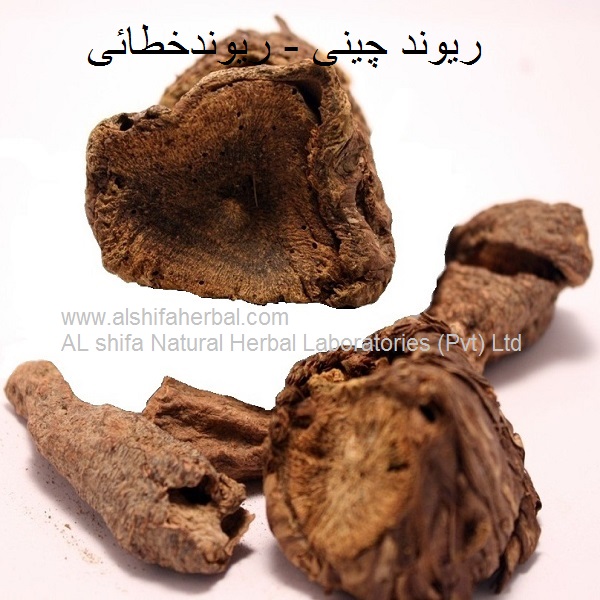










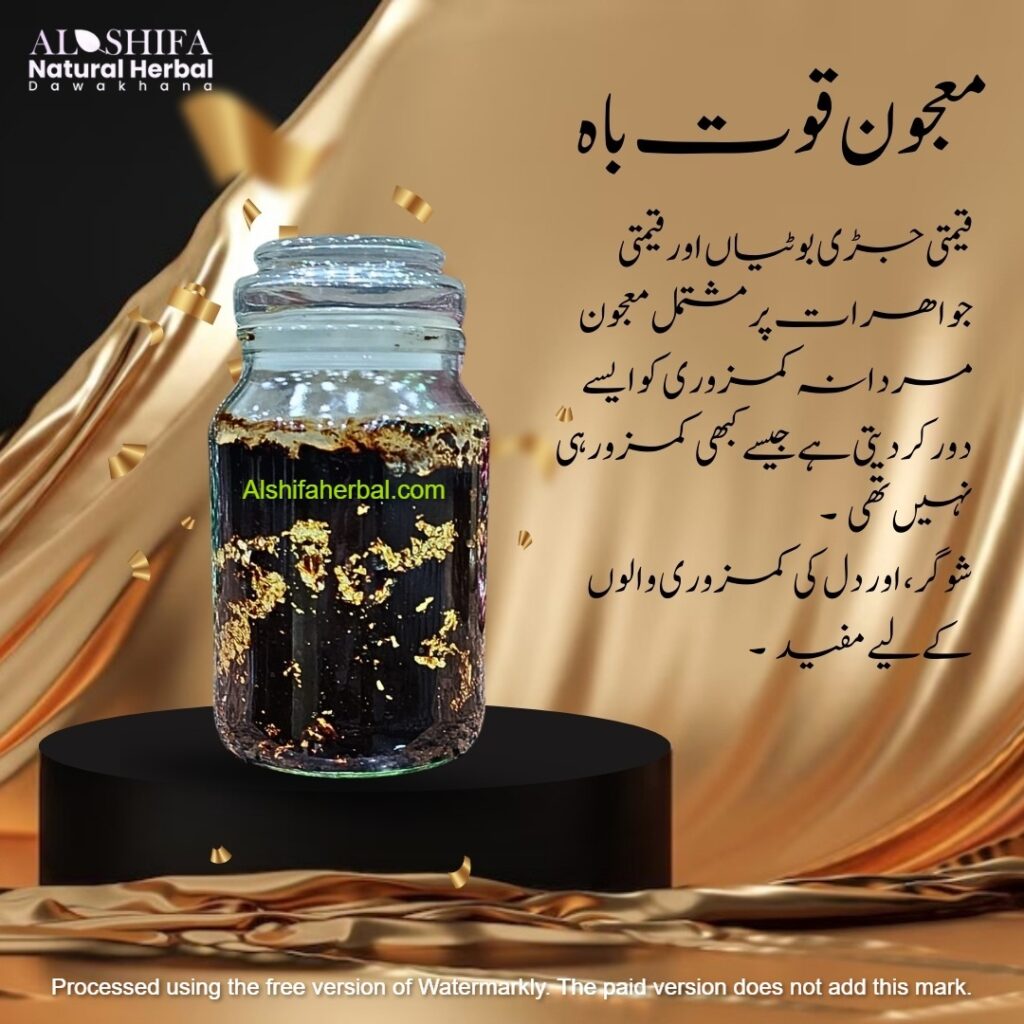
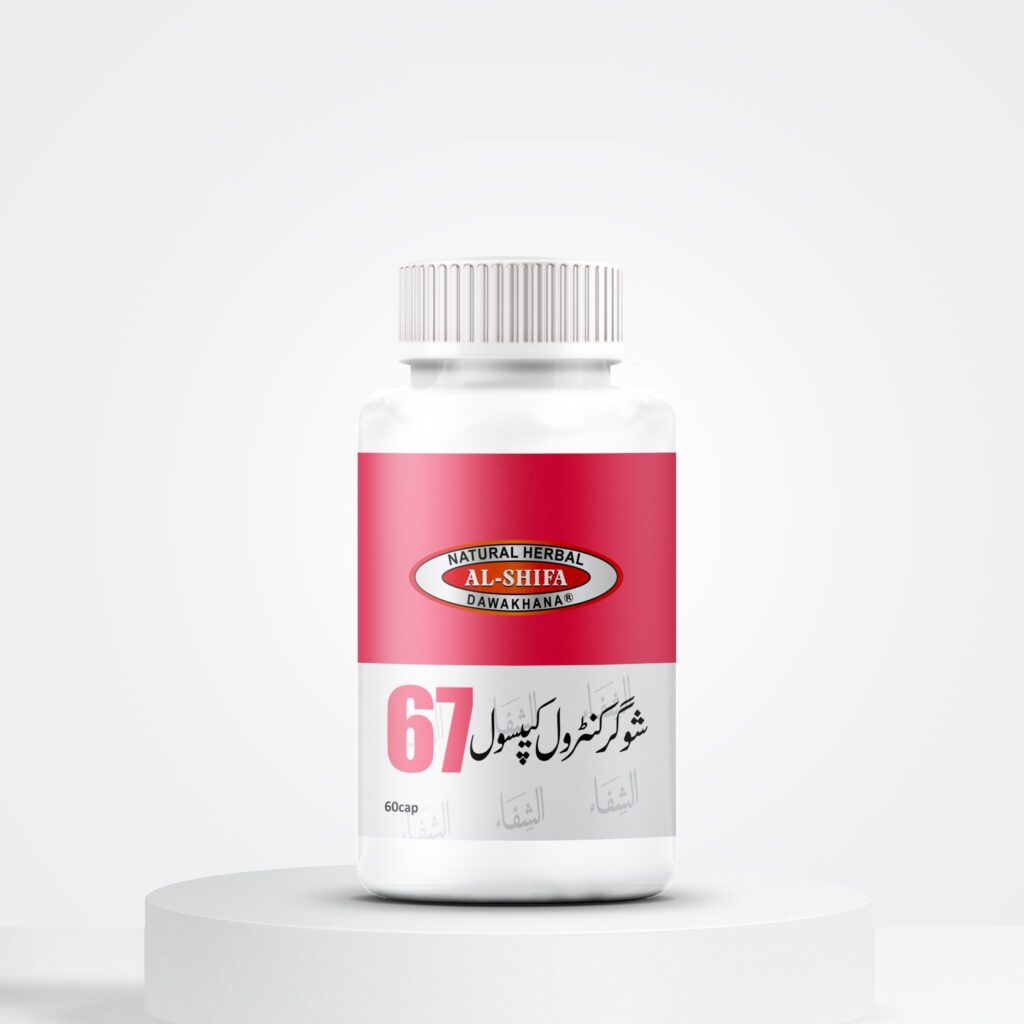
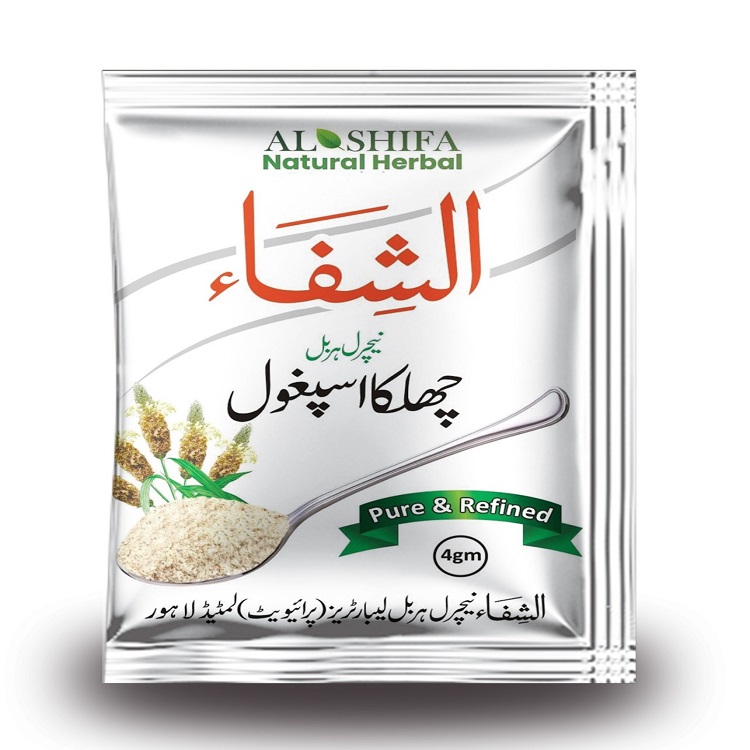



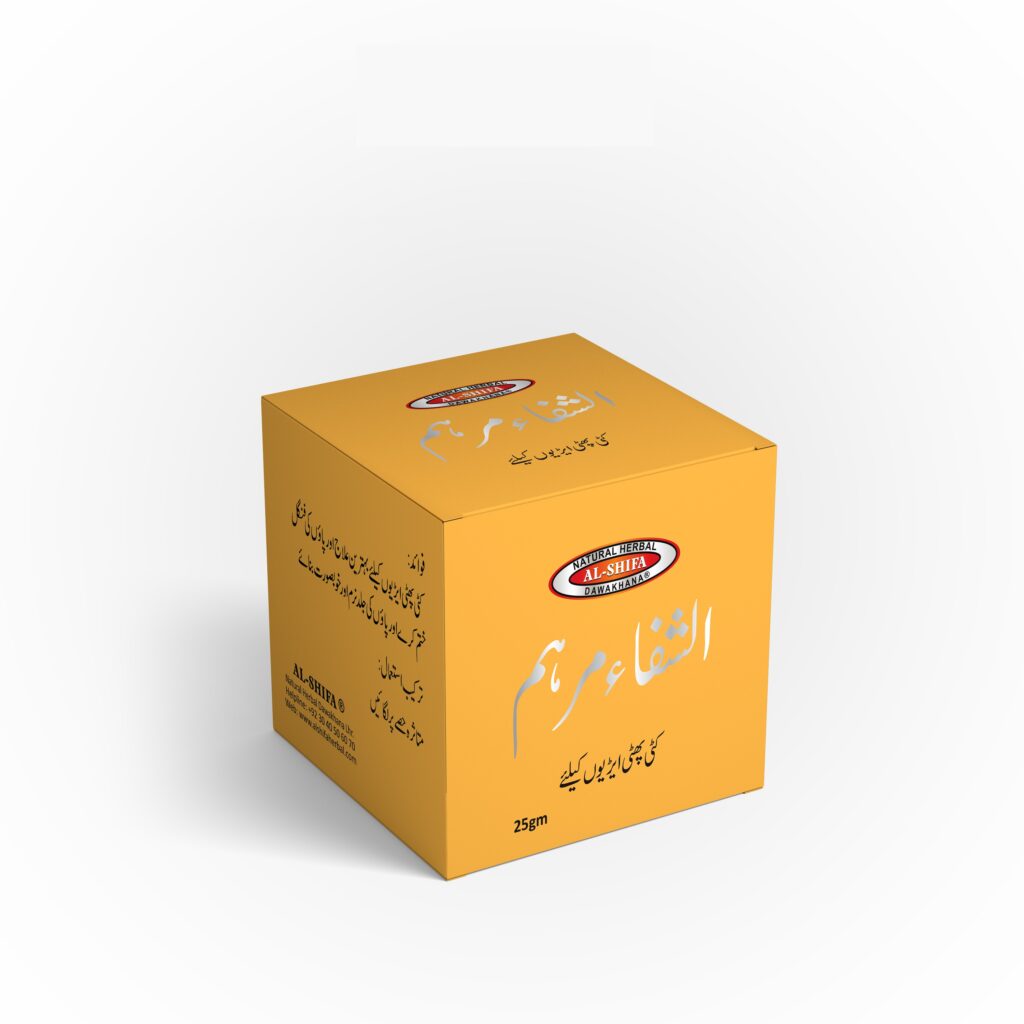



Reviews
There are no reviews yet.